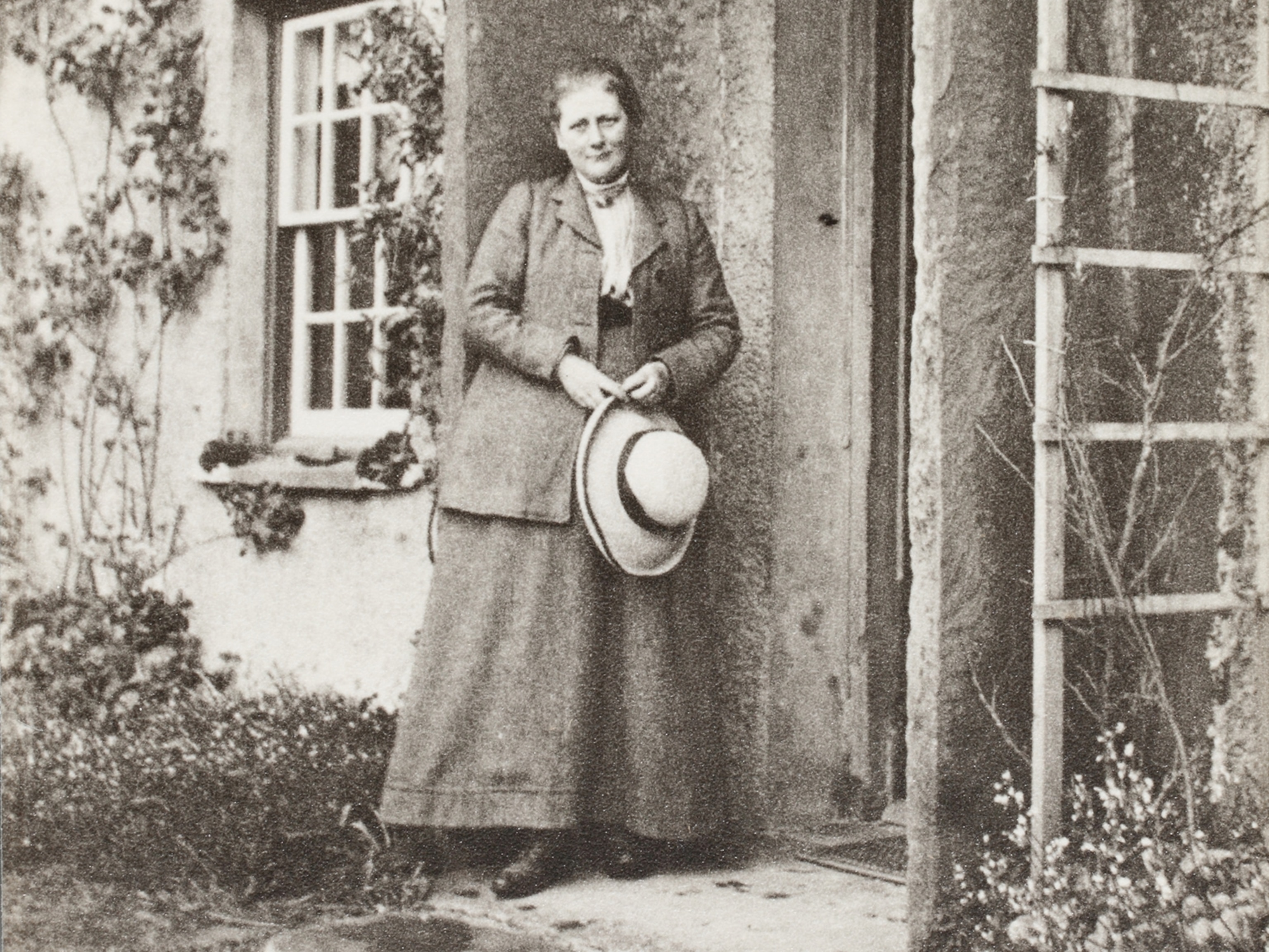This Furniture Is Made Out of Mushrooms
Designers say the furniture has a velvety, suede-like texture and smells slightly like tea.
Sebastian Cox was walking through his four-acre woodland when he saw two branches from hazel trees stuck together.
"When I pried them apart I realized that what was keeping them together was fungus," he said.
Fast forward eighteen months and Cox is holding a fully formed, fungus-made lamp and stool in his workshop in southeast London.
A furniture maker by profession, Cox has focused on making wooden goods with minimized environmental impact, including as small of a carbon footprint as possible. When he saw how strongly fungus could hold together two wooden branches, he immediately wanted to see how he could incorporate this material into his own furniture-making practices.
Cox reached out to the British Mycological Society, who connected him with Minela Ivanova, a researcher and designer who studies how unconventional materials can be used in functional items like textiles or furniture.
"We started experimenting with which fungi would work best with what type of wood," Ivanova said.
They found that the fungal strain Fomes fomentarius mixed well with wood chips that had no commercial value and would have otherwise gone to waste.
From there, they were able to create "myceliated wood," a compound that forms when mycelium, the fiber-like parts of a fungus, mix together with wood chips. Over time this spreads into a pliable compound that Cox and Ivanova let grow in molds.
One of the characteristics that makes mushrooms different from other life forms has to do with the unique way they grow. Unlike plants, the cell walls of mushrooms are lined with a fibrous substance called chitin, which makes them strong and flexible.
Fungi can also grow incredibly fast. Only a small chunk of myceliated wood is needed to mold into a large lamp in a short time. After two weeks, the compound has completely taken shape and once the cast has been dehydrated, it's ready for use.
Ivanova said low production costs and minimal labor (the furniture literally grows itself) mean it's possible for the company to eventually scale up. They just need to warm consumers to the idea of having a fungus inside the home.
"It smells a bit like sweet tea," said Cox. He added that it might not be more bizarre than having something made from leather or beeswax, once people get used to the idea.
Both he and Ivanova describe the texture as "velvety" and say that skeptics need only hold the substance to be convinced that it's worth endorsing.
The furniture makers aren't the first to use a versatile fungus in unconventional ways.
Paul Stamets, a mycologist who gave a TED talk about fungus in 2012, touts many medicinal and environmental benefits of the fast-growing life forms, from textiles to packaging to building materials. (Read more about Stamets' work.)
Cox hopes to next research how to make his products waterproof. He believes that if he can achieve this, he can create nearly any moldable product that would normally be created from plastic.





